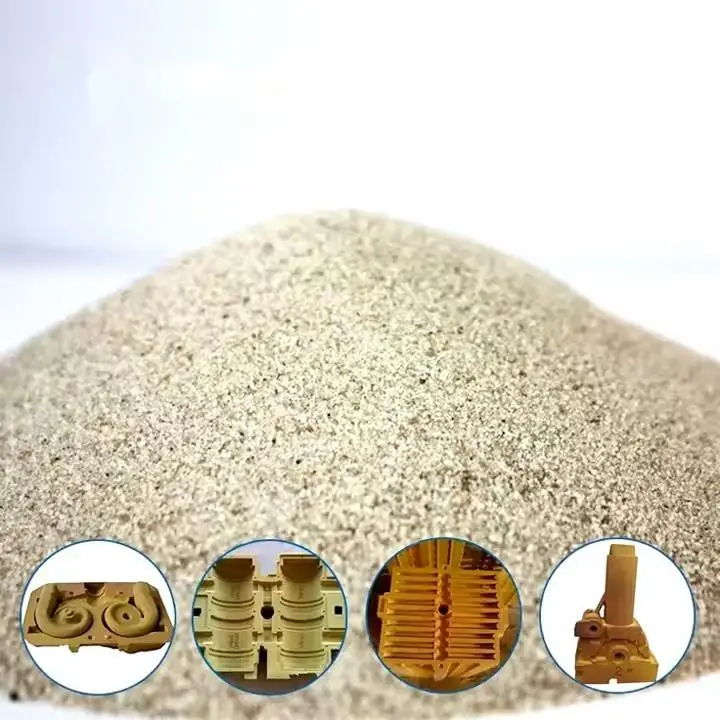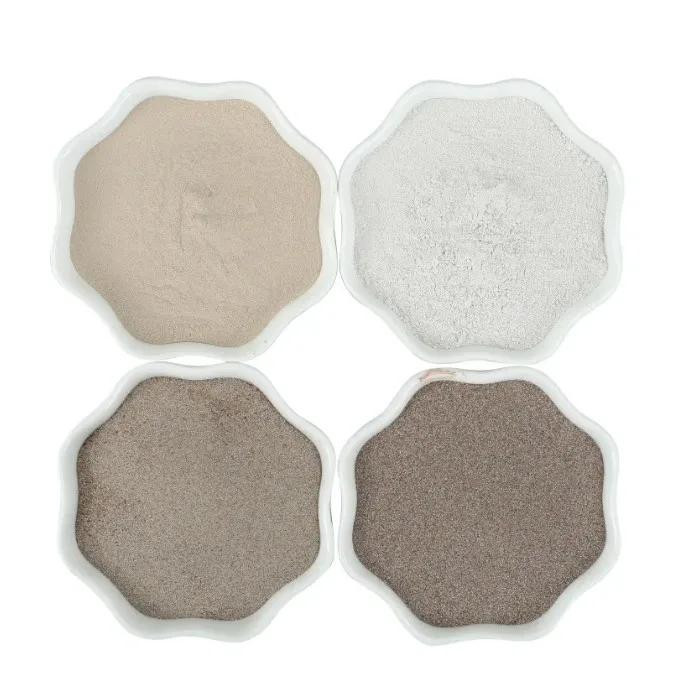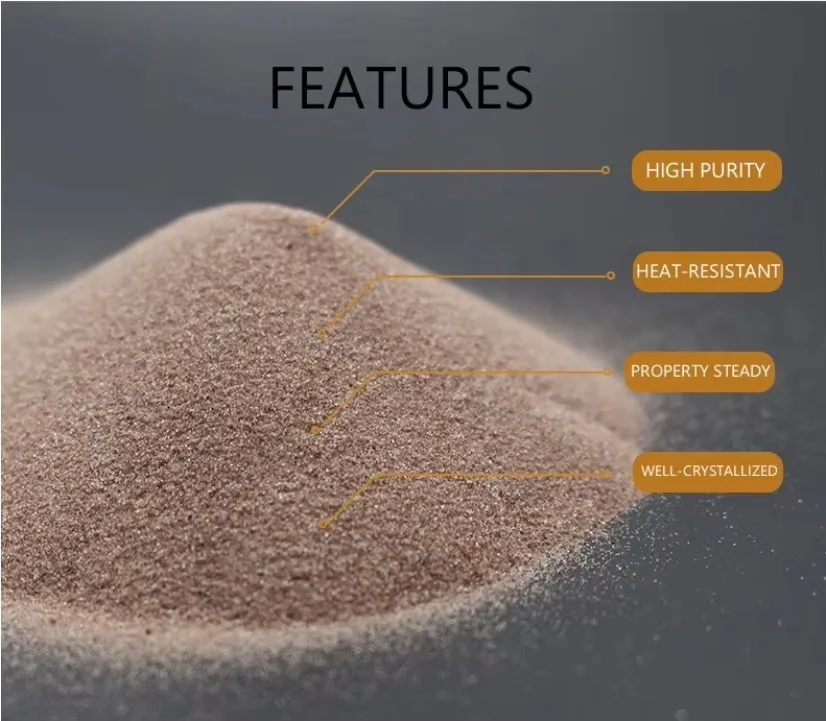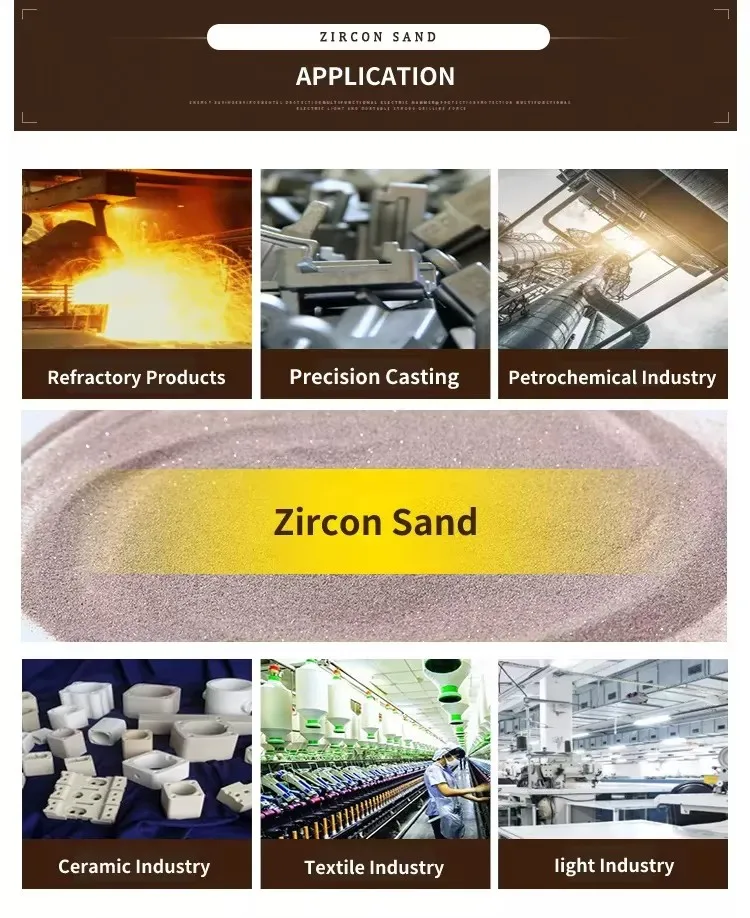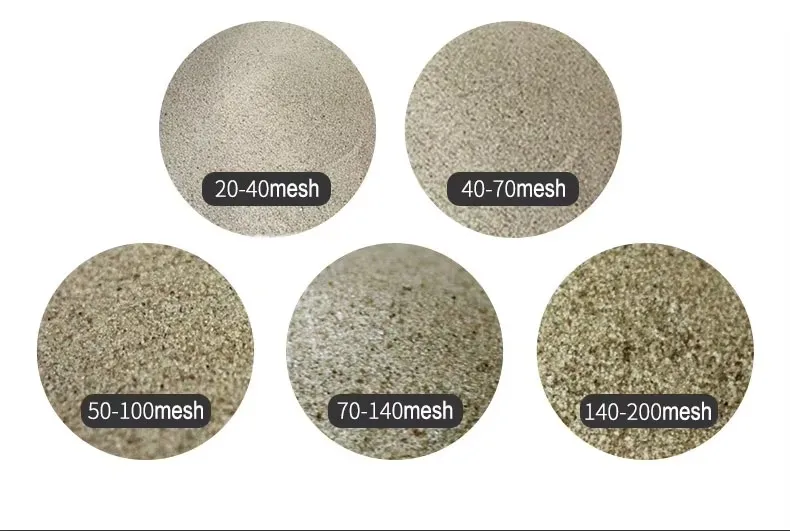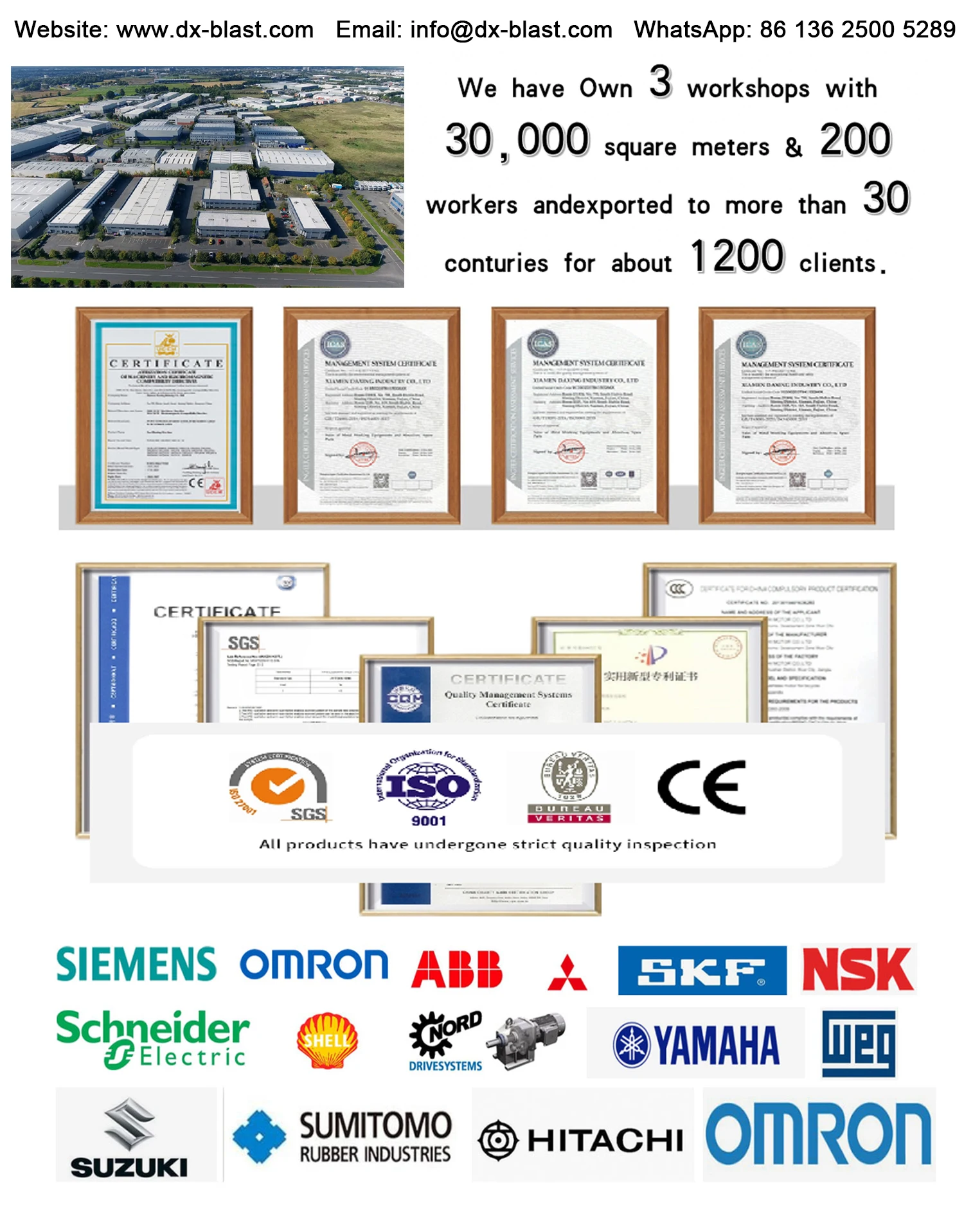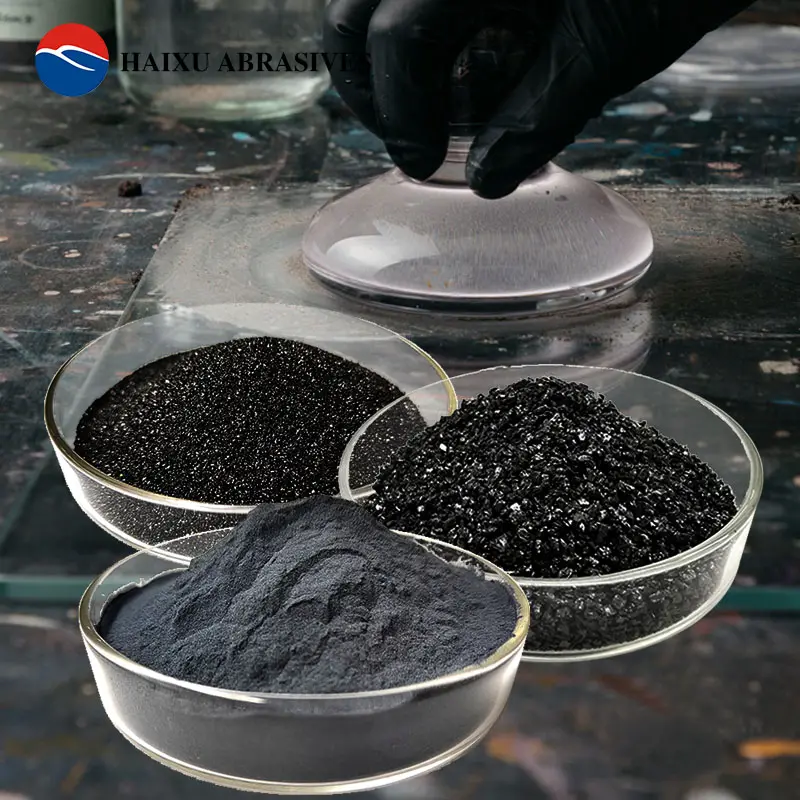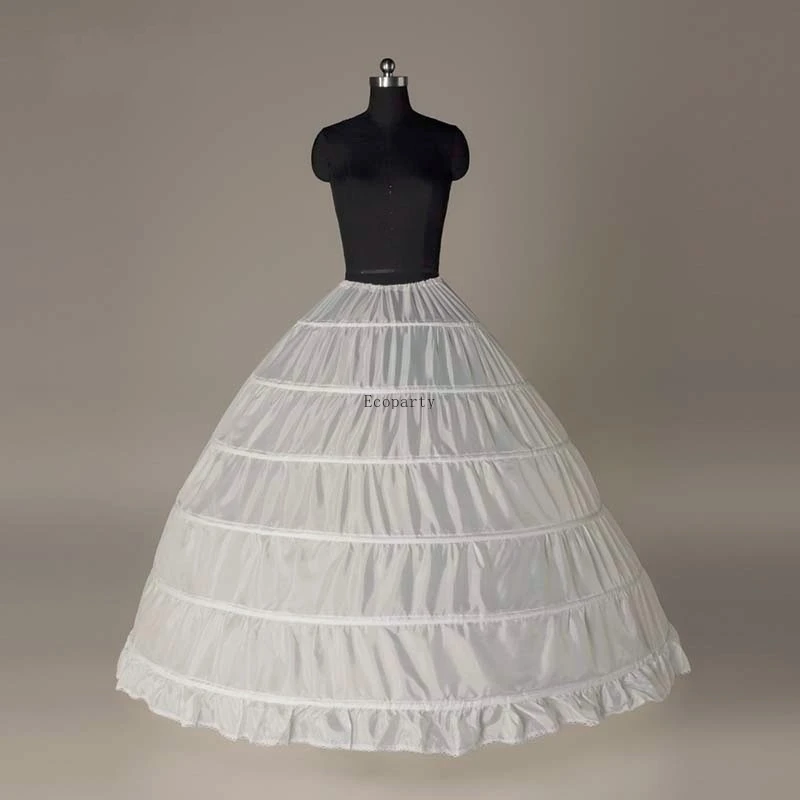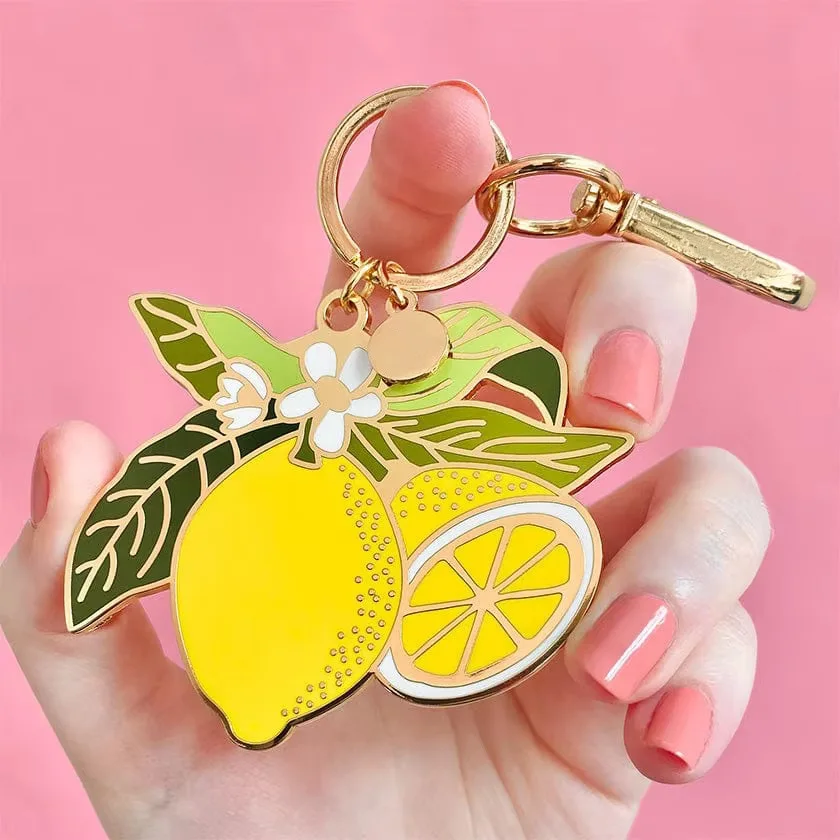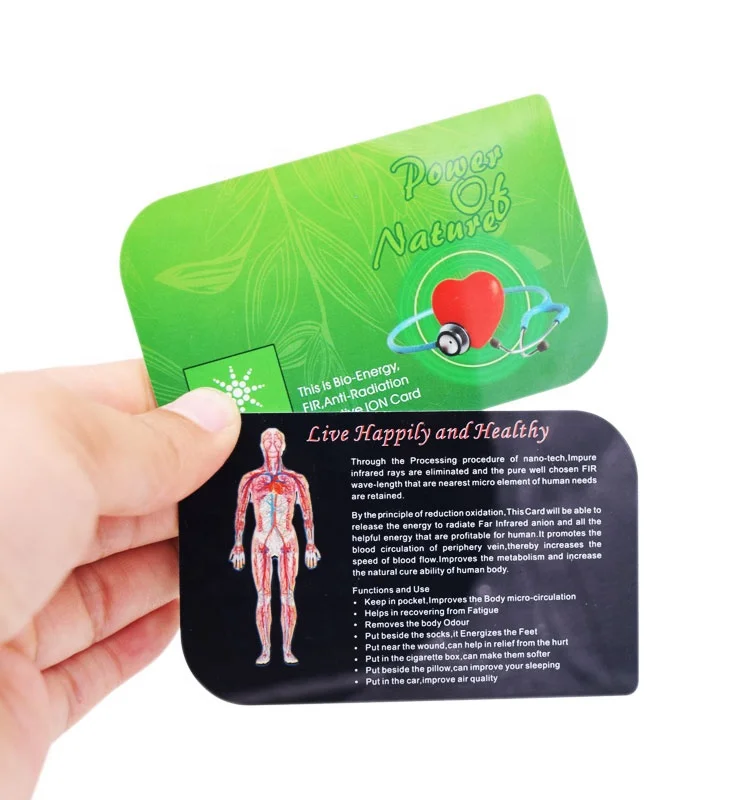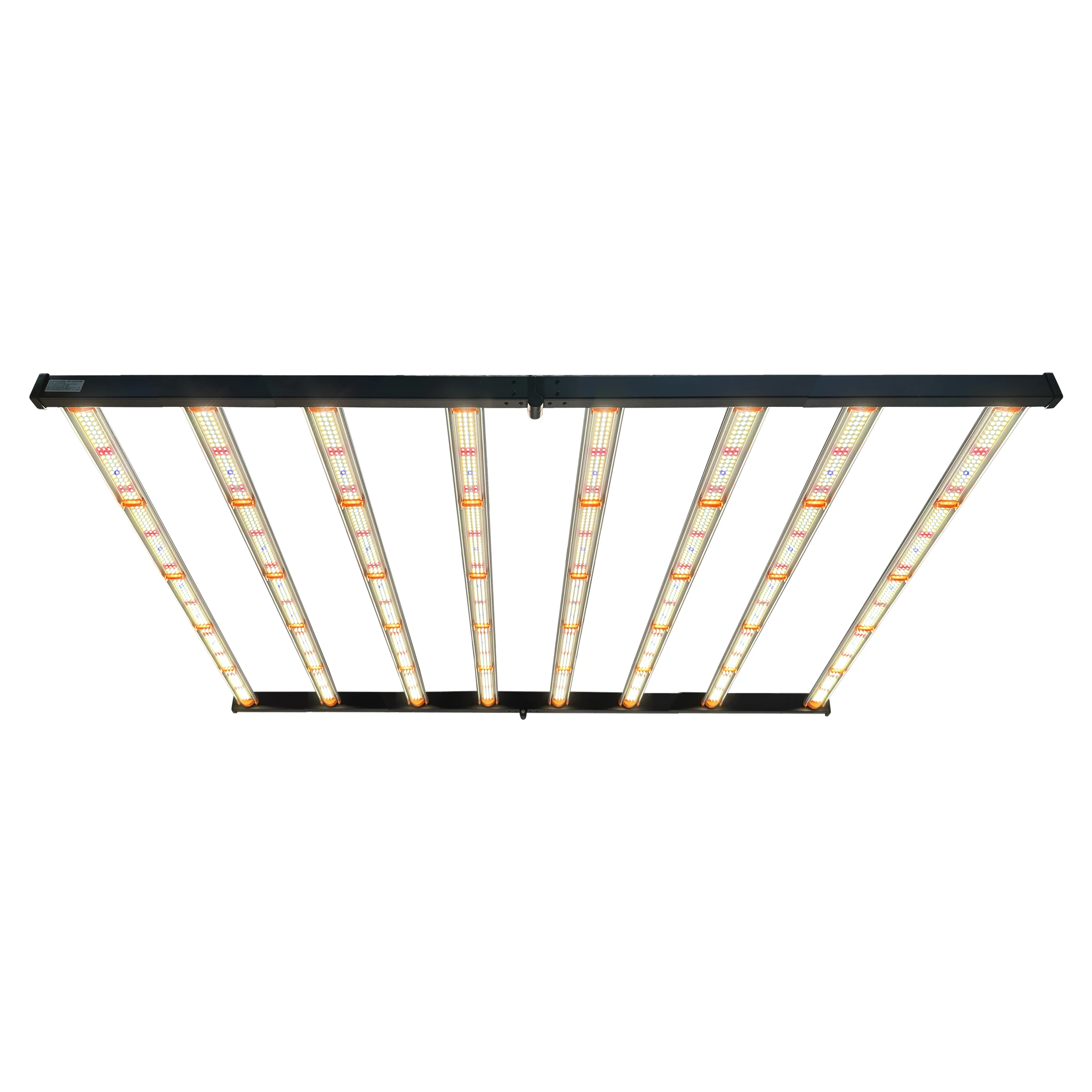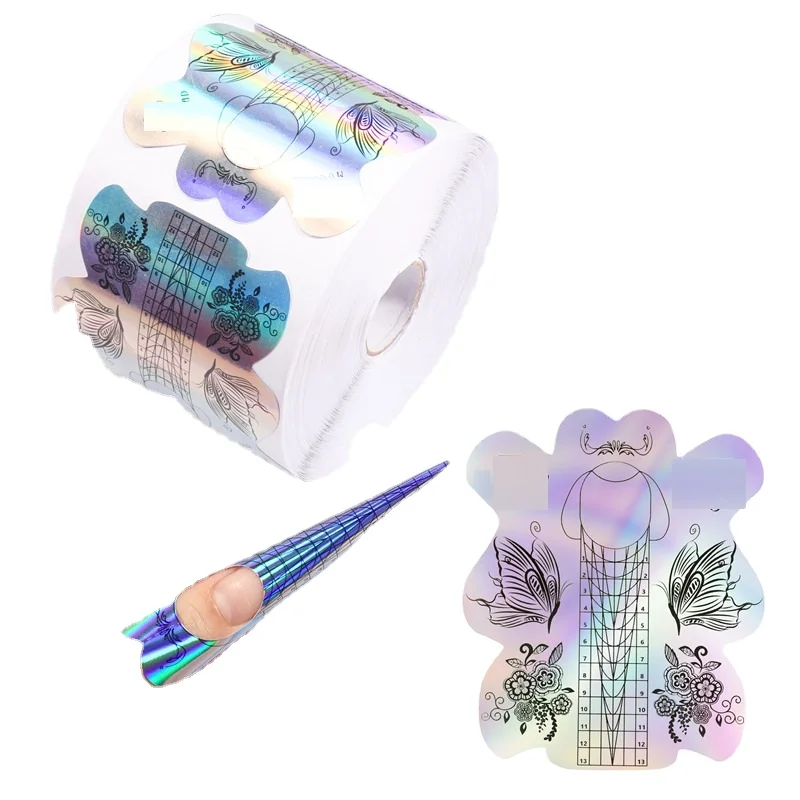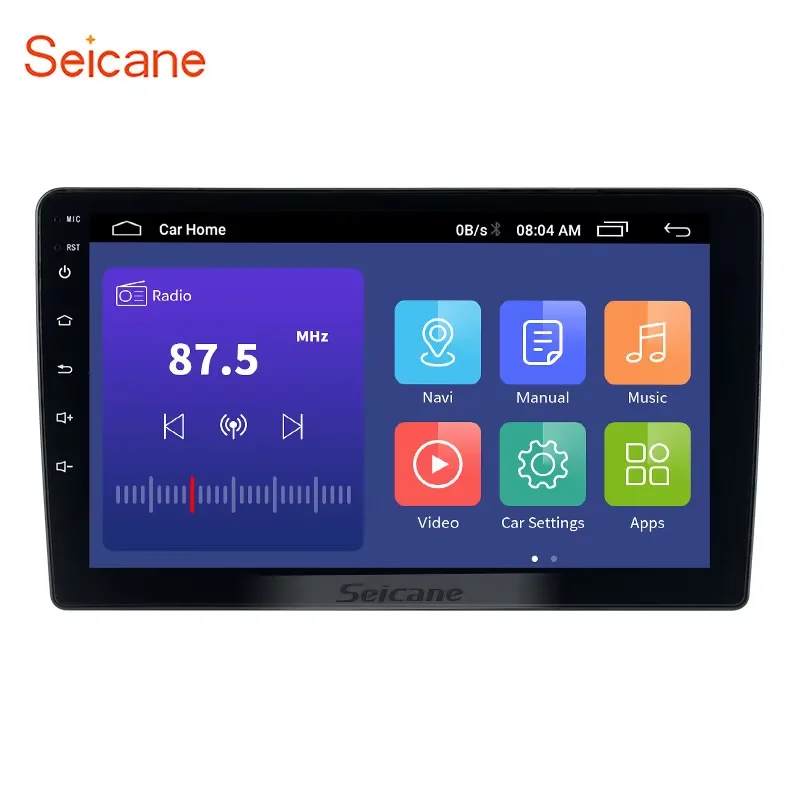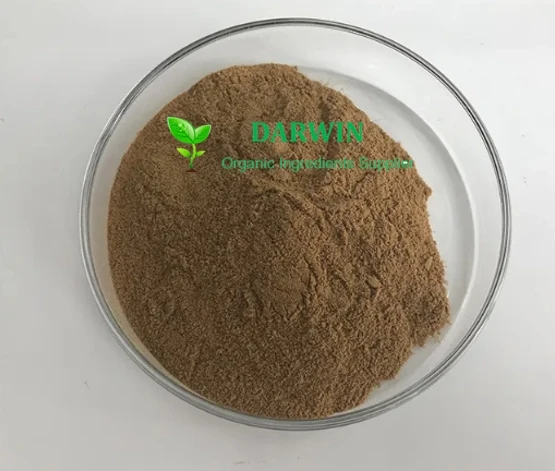Factory Not Retail Quality 80 300 Mesh Zro2 Sand Refractory Zirconium Sand Zircon Sand for Casting Industries
- Category: >>>
- Supplier: Xiamen Daxing Industry Co. Ltd.Xiamen Ltd.
Share on (1601292098687):
Product Overview
Description

Products Description
Zircon sand, also known as zircon sand and zircon, is a mineral composed mainly of zirconium silicate (ZrSiO4). Pure zircon sand is a colorless transparent crystal.
Zircon is widely used in the foundry industry, mostly in the form of SAND and FLOUR (milled sand) for casting and refractory applications. Zircon’s properties make it ideal as a moulding base material for sand casting and investment casting, in addition to use as mould coating in die casting and in refractory paints and washes to reduce the wettability of other foundry sands.
Zircon is widely used in the foundry industry, mostly in the form of SAND and FLOUR (milled sand) for casting and refractory applications. Zircon’s properties make it ideal as a moulding base material for sand casting and investment casting, in addition to use as mould coating in die casting and in refractory paints and washes to reduce the wettability of other foundry sands.

Application
1, Refractory raw materials: used for the production of zirconium brick, zirconium jade fused brick, sintered brick, water brick, glass kiln zirconium ramming material, castable.
2, Ceramics: stable chemical performance, is a kind of high quality, cheap opacification agent, is widely used in all kinds of building ceramics, sanitary ceramics, daily ceramics, first-class handicraft ceramics production, in the processing and production of ceramic glaze, a wide range of use, large dosage.
3, Glass: television industry color picture tube, glass industry emulsion glass.
4. Coating: good suspension stability, excellent thixotropy and fluidity, good brushing, brushless coating, low organic content, small gas production, high coating strength.
5, Casting: with good thermal conductivity, small thermal expansion, thermal shock stability, high refractoriness, zirconium sand heat storage coefficient is also large. It has a strong cooling effect on castings, which can refine metal structure and improve mechanical properties.
2, Ceramics: stable chemical performance, is a kind of high quality, cheap opacification agent, is widely used in all kinds of building ceramics, sanitary ceramics, daily ceramics, first-class handicraft ceramics production, in the processing and production of ceramic glaze, a wide range of use, large dosage.
3, Glass: television industry color picture tube, glass industry emulsion glass.
4. Coating: good suspension stability, excellent thixotropy and fluidity, good brushing, brushless coating, low organic content, small gas production, high coating strength.
5, Casting: with good thermal conductivity, small thermal expansion, thermal shock stability, high refractoriness, zirconium sand heat storage coefficient is also large. It has a strong cooling effect on castings, which can refine metal structure and improve mechanical properties.

Standards for zircon sand products | ||||||||||||||
Chemical composition | Advanced sand | Super | Grade 1 | Grade 2 | Grade 3 | Grade 4 | Grade 5 | |||||||
(Zr.Hr)O2 | ≥66.00 | ≥65.00 | ≥65.00 | ≥65.00 | ≥63.00 | ≥60.00 | ≥55.00 | |||||||
TiO2 | ≤0.08 | ≤0.15 | ≤0.50 | ≤1.00 | ≤2.50 | ≤3.50 | ≤8.00 | |||||||
Fe2O3 | ≤0.06 | ≤0.10 | ≤0.25 | ≤0.30 | ≤0.50 | ≤0.80 | ≤1.50 | |||||||
P2O3 | ≤0.20 | ≤0.25 | ≤0.35 | ≤0.50 | ≤0.80 | ≤1.50 | ||||||||
Al2O3 | ≤0.80 | ≤0.80 | ≤0.80 | ≤1.00 | ≤1.20 | ≤1.50 | ||||||||
SiO2 | ≤32.00 | ≤32.00 | ≤34.00 | ≤34.00 | ≤33.00 | ≤32.00 | ≤31.00 | |||||||


DX BLAST Co., Ltd. (JX Blasting), with 30 years development, is a professional manufacturer of shot blasting machines and shot peening machines.
DX BLAST, distribution network consists of sales agents from many countries as Poland. Mexico. UAE. Saudi Arabia. Malaysia, Vietnam. Philippines, Pakistan, Indonesia
DX BLAST, distribution network consists of sales agents from many countries as Poland. Mexico. UAE. Saudi Arabia. Malaysia, Vietnam. Philippines, Pakistan, Indonesia

COOPERATE WITH THE BRANDS

CERTIFICATE


Intelligent designs ,innovative details and particularly durable components --- that is what our shot blasting equipment stands for .






There are our customers from all over the world to visit us and consult surface treatment issues .


DX BLAST , attend the professional event & show of surface treatment as : Gifa Düsseldorf in Germany , Tube Arabia , Steel FAB in UAE , Saudi Build , Metal Expo in Moscow, Metal& steel in Saudi , Metalex , MTA HANOI in Vietnam , Fundiexpo in Mexico , Inometal in indonesia , PDMEX in Philippine .....


To better ensure the safety of your goods, professional, environmentally friendly, convenient and efficient packaging services will be provided.
1. Small spare parts put in plywood wooden cases
2. Other parts is our company standard or according to customer requirements
3. Shipping: Container transport
2. Other parts is our company standard or according to customer requirements
3. Shipping: Container transport

FAQ
Q1. For this particular job, will abrasive blasting be used for surface preparation or as a cleaning procedure?
Q4. If blasting for surface preparation, what surface profile is required?
All coatings have a recommended surface profile (roughness) specification. Excess surface profile can shorten the life of a thin-film, low-build coatings, insufficient profile can cause delamination of high-build coatings.
Q5. Will coating adhesion be affected by surface contamination?
Some abrasives leaving a cleaner surface than others, which can have a substantial impact on coating adhesion.
The difference between these two procedures are as follows:
* When abrasive blasting is used as a surface preparation technique, the intention is to remove all surface contaminants and also prepare the substrate to receive a coating.
* When abrasive blasting is to be used as a cleaning procedure, then the intention is to remove the surface contaminants, while leaving the substrate untouched.
Q2. Will it be possible to reclaim and recycle the abrasive, or will it have a single use only?
The major deciding factor here is cost. The cost of abrasives, while very effective, are uneconomical to use if recycling is not an option.
Q3. Will the worksite be dust sensitive?
The amount of dust generated by different abrasives varies widely. Some excellent types of abrasives are available that are specifically graded to reduce dust.
* When abrasive blasting is used as a surface preparation technique, the intention is to remove all surface contaminants and also prepare the substrate to receive a coating.
* When abrasive blasting is to be used as a cleaning procedure, then the intention is to remove the surface contaminants, while leaving the substrate untouched.
Q2. Will it be possible to reclaim and recycle the abrasive, or will it have a single use only?
The major deciding factor here is cost. The cost of abrasives, while very effective, are uneconomical to use if recycling is not an option.
Q3. Will the worksite be dust sensitive?
The amount of dust generated by different abrasives varies widely. Some excellent types of abrasives are available that are specifically graded to reduce dust.
Q4. If blasting for surface preparation, what surface profile is required?
All coatings have a recommended surface profile (roughness) specification. Excess surface profile can shorten the life of a thin-film, low-build coatings, insufficient profile can cause delamination of high-build coatings.
Q5. Will coating adhesion be affected by surface contamination?
Some abrasives leaving a cleaner surface than others, which can have a substantial impact on coating adhesion.
Q6. Which abrasive provides the maximum productivity?
Abrasive particle size and shape all have an effect on blasting speed. Some factors to consider:
* The ideal abrasive size is where the largest particle is equal to the size of the thickness of the coating to be removed. If the particle size is too large, the “hit rate” is reduced because the grain count in the pot is lowered. If the particle size is too small, the speed of cutting through the old surface is reduced.
* Grain toughness is a term given to describe it’s durability and recyclability. A tougher grain converts more energy into the removal of the old coating, while a weaker grain is more likely to disintegrate on impact.
* Particle shape can either be rounded or angular. The more rounded the particle is, the more contact area it has, which increases the surface removal speed.
* The ideal abrasive size is where the largest particle is equal to the size of the thickness of the coating to be removed. If the particle size is too large, the “hit rate” is reduced because the grain count in the pot is lowered. If the particle size is too small, the speed of cutting through the old surface is reduced.
* Grain toughness is a term given to describe it’s durability and recyclability. A tougher grain converts more energy into the removal of the old coating, while a weaker grain is more likely to disintegrate on impact.
* Particle shape can either be rounded or angular. The more rounded the particle is, the more contact area it has, which increases the surface removal speed.
We Recommend
New Arrivals
New products from manufacturers at wholesale prices
